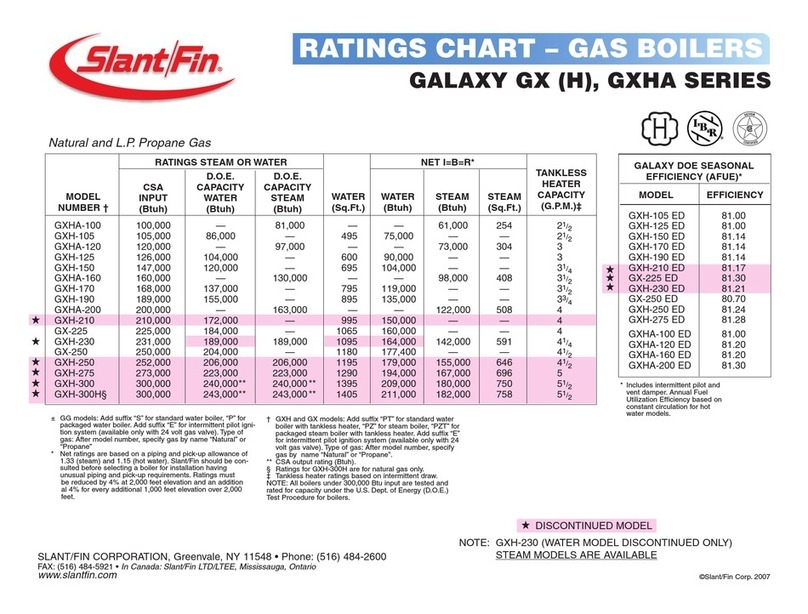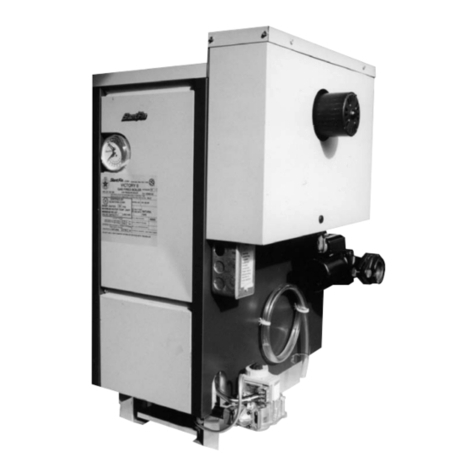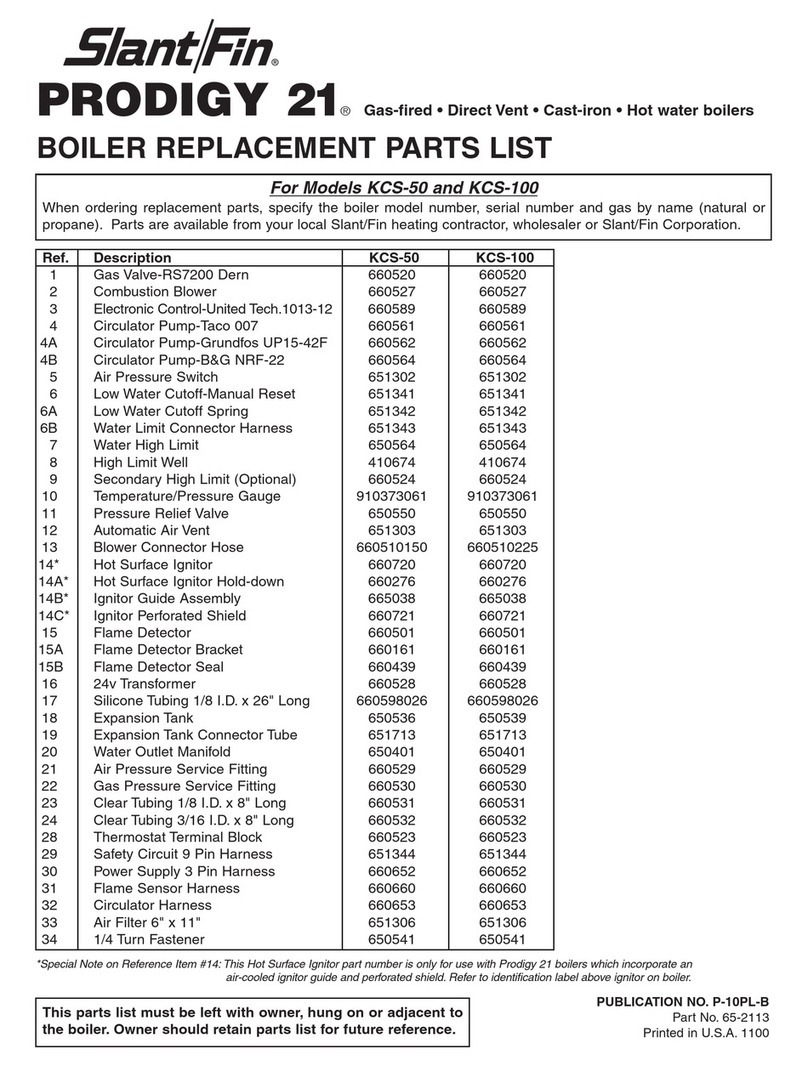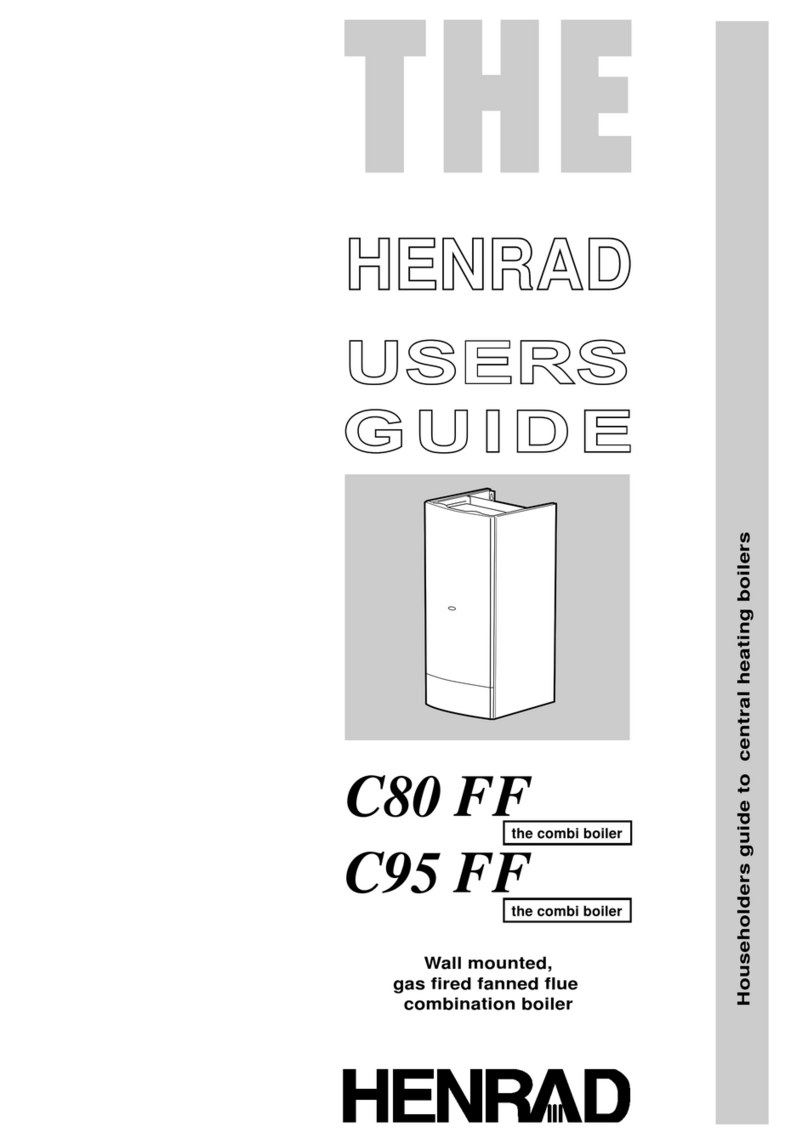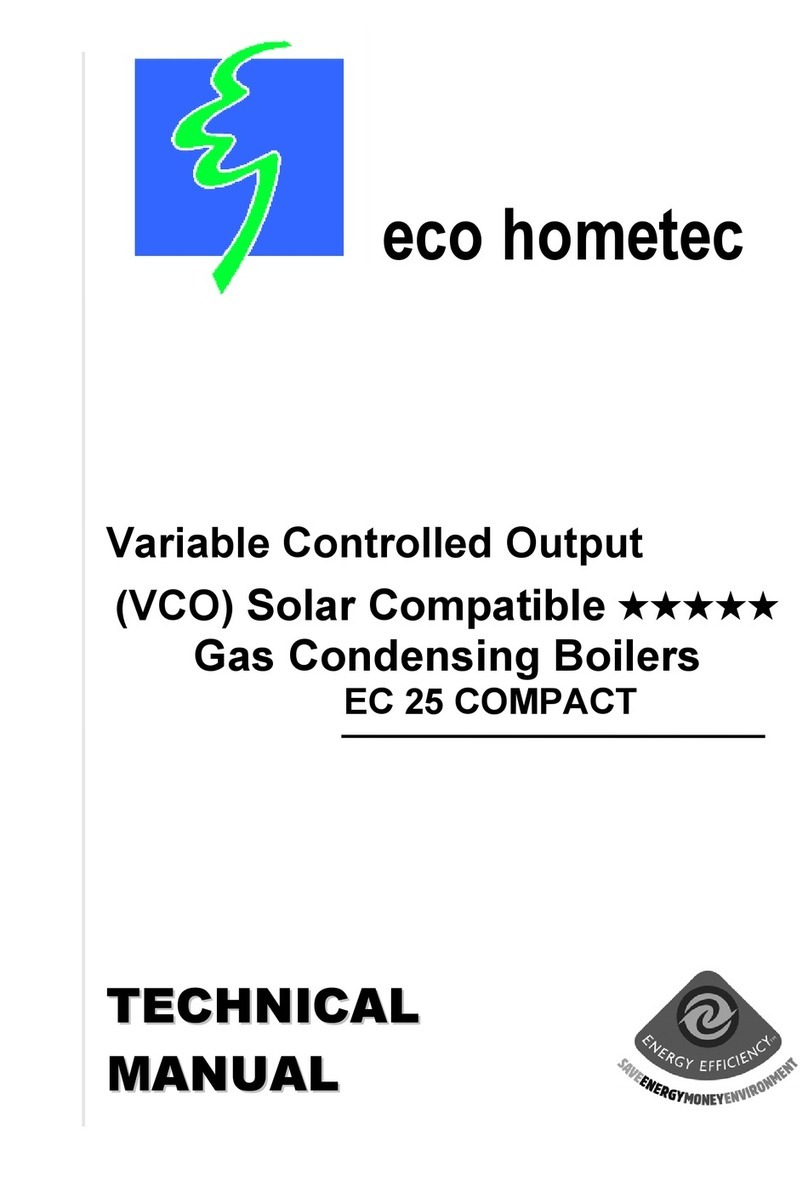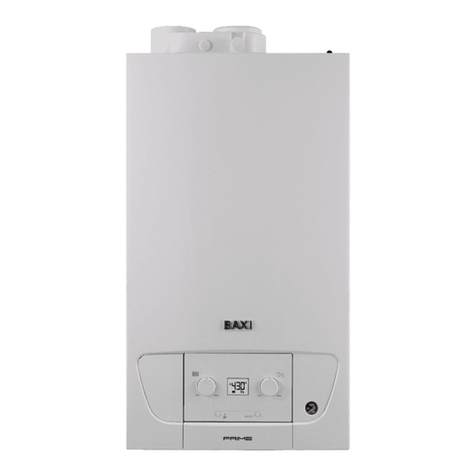Slant/Fin VICTORY II VHS Series User manual
Other Slant/Fin Boiler manuals

Slant/Fin
Slant/Fin VGH-299-CH Guide
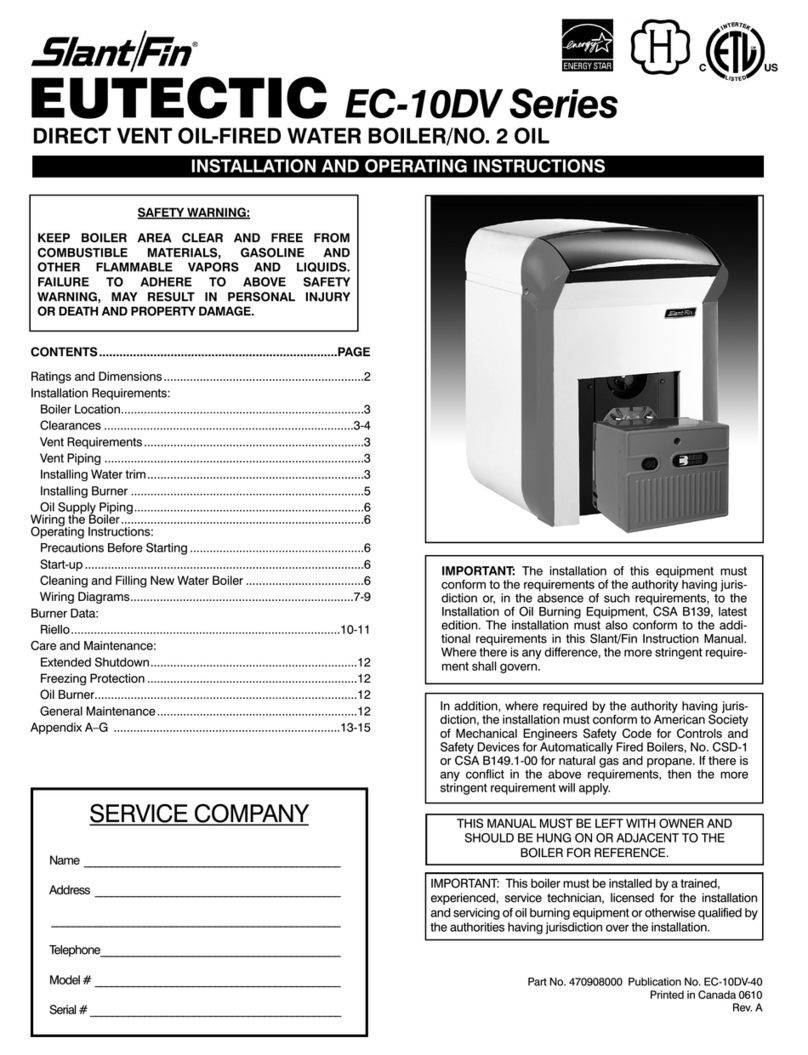
Slant/Fin
Slant/Fin EUTECTICEC-15DV User manual

Slant/Fin
Slant/Fin VICTORY II VHS Series User manual

Slant/Fin
Slant/Fin VICTORY II VHS Series Application guide

Slant/Fin
Slant/Fin Q3-4 Owner's manual
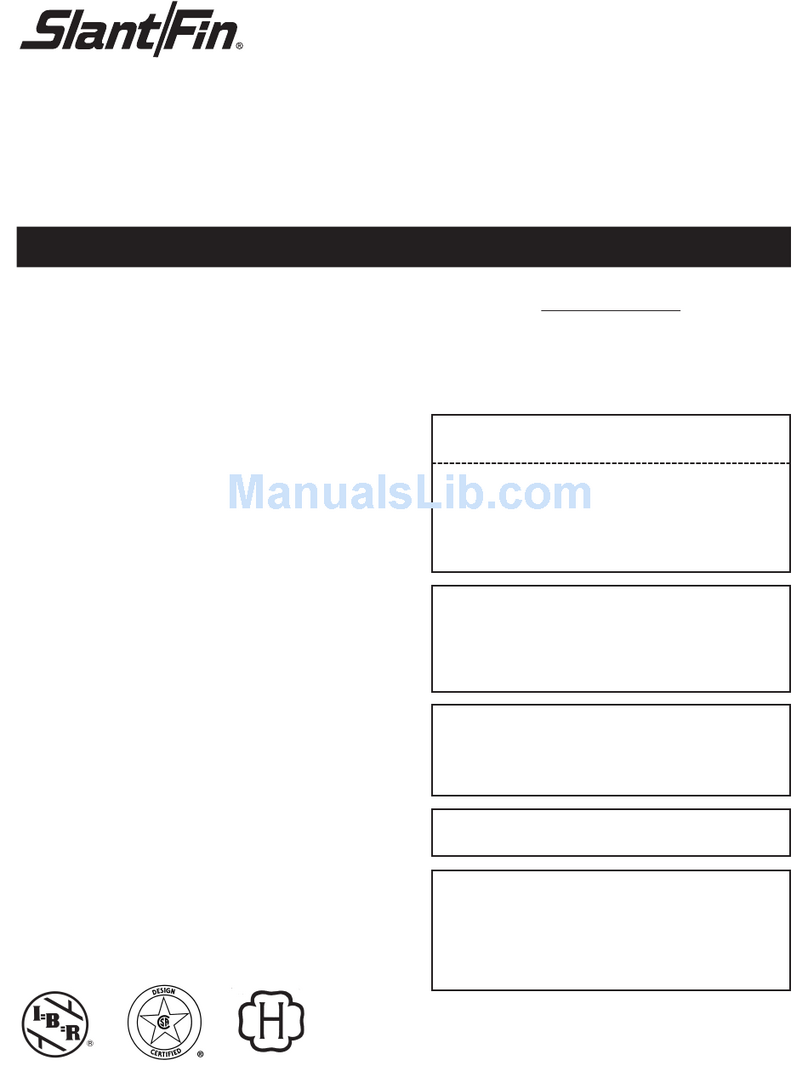
Slant/Fin
Slant/Fin V-180 User manual

Slant/Fin
Slant/Fin CHS-85 User manual
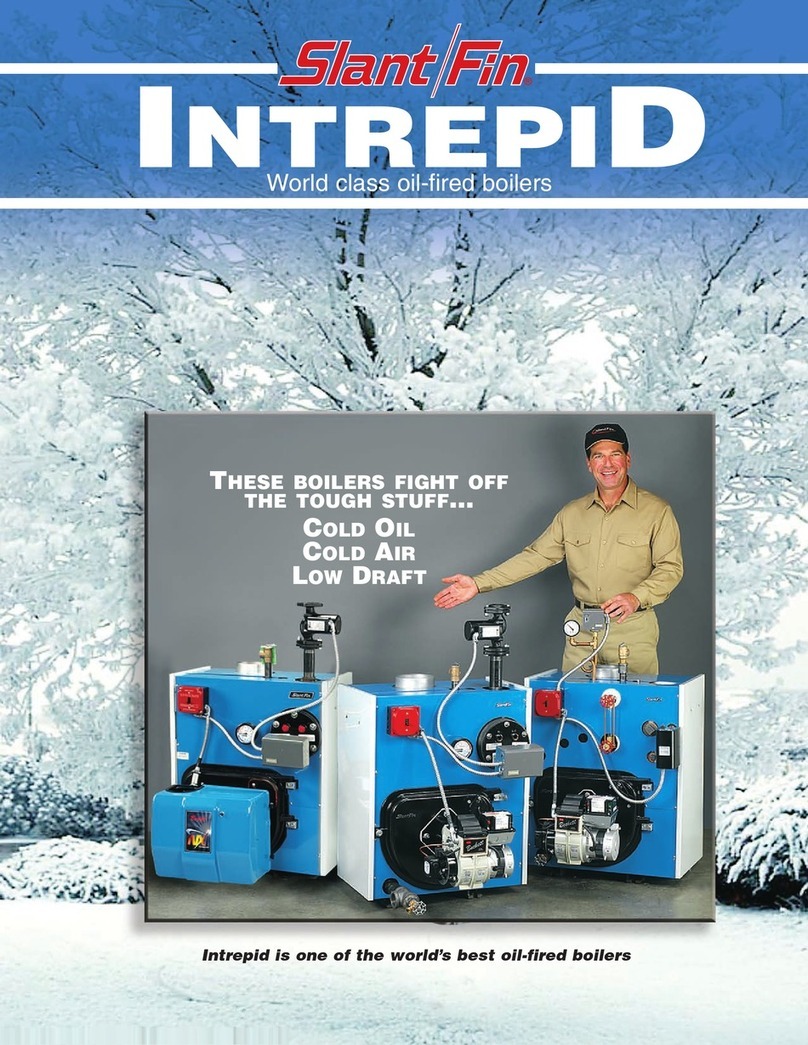
Slant/Fin
Slant/Fin VICTORY II VHS Series User manual

Slant/Fin
Slant/Fin B-120A Guide
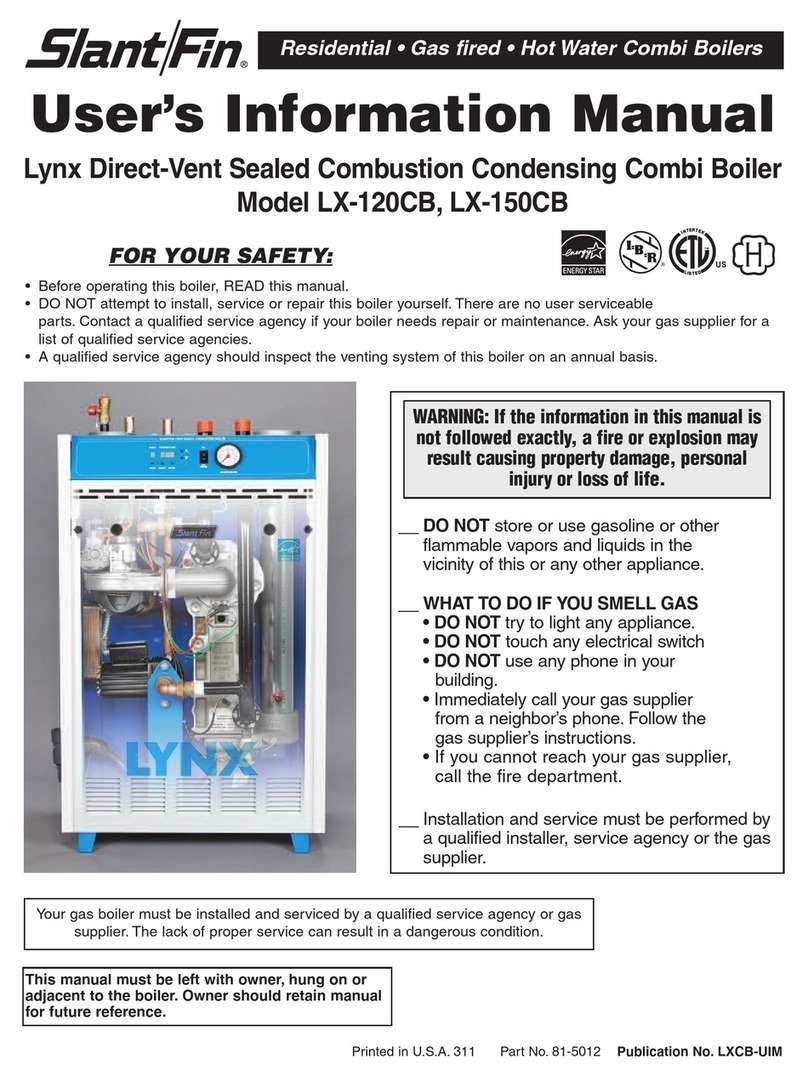
Slant/Fin
Slant/Fin LX-120CB Guide

Slant/Fin
Slant/Fin SE-70 User manual

Slant/Fin
Slant/Fin VICTORY II VHS Series Guide

Slant/Fin
Slant/Fin CHS-85 User manual

Slant/Fin
Slant/Fin VICTORY II VHS Series User manual

Slant/Fin
Slant/Fin EH-M2 User manual
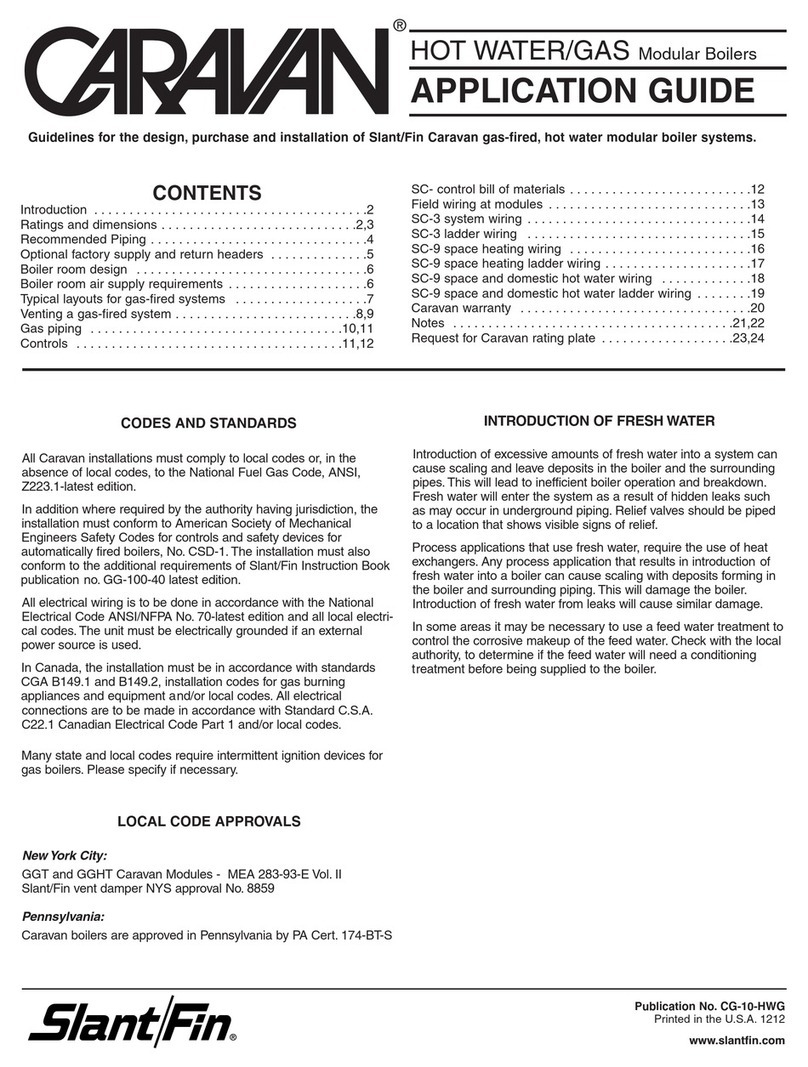
Slant/Fin
Slant/Fin CARAVAN GGT-600E User guide
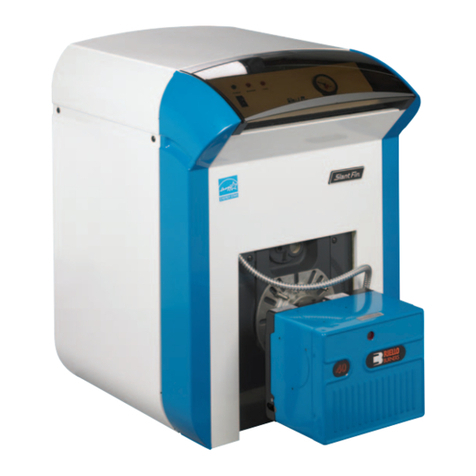
Slant/Fin
Slant/Fin EUTECTIC EC-10DV Series User manual

Slant/Fin
Slant/Fin VGH-299-CH Manual

Slant/Fin
Slant/Fin VICTORY II VHS Series User manual

Slant/Fin
Slant/Fin VSL-160B User manual
Popular Boiler manuals by other brands
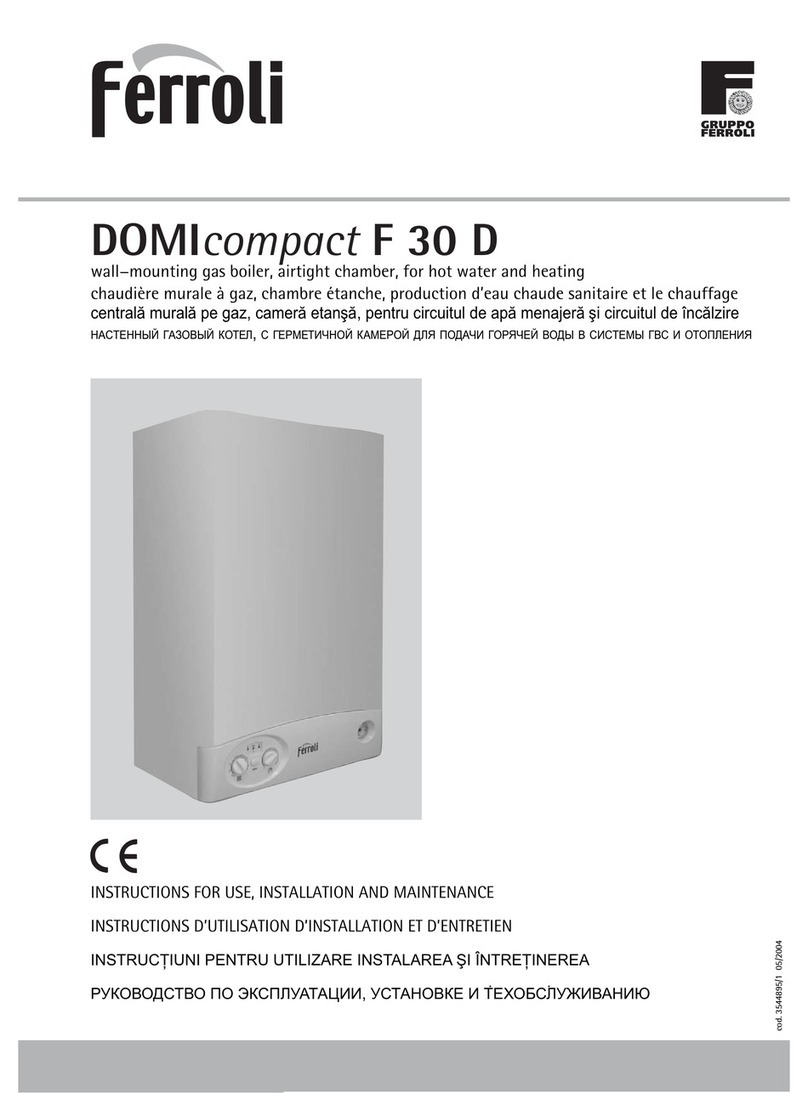
Ferroli
Ferroli DOMIcompact F 30 D null

Vaillant
Vaillant uniSTOR VIH SW GB 500 BES operating instructions

Radijator
Radijator BIO max 23.1 instruction manual

Brunner
Brunner BSV 20 Instructions for use

Buderus
Buderus Logamax GB062-24 KDE H V2 Service manual

Potterton
Potterton 50e Installation and Servicing Manual

UTICA BOILERS
UTICA BOILERS TriFire Assembly instructions
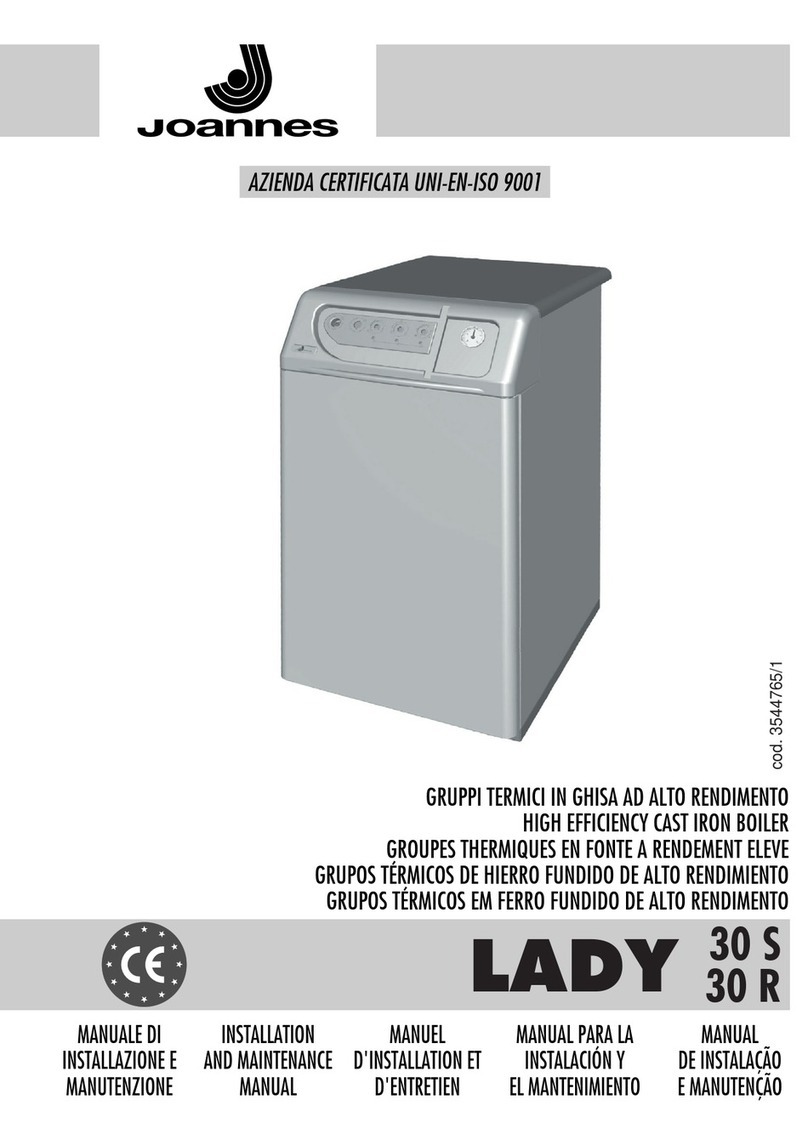
Joannes
Joannes LADY Series Installation and maintenance manual

ECR International
ECR International UB90-125 Installation, operation & maintenance manual
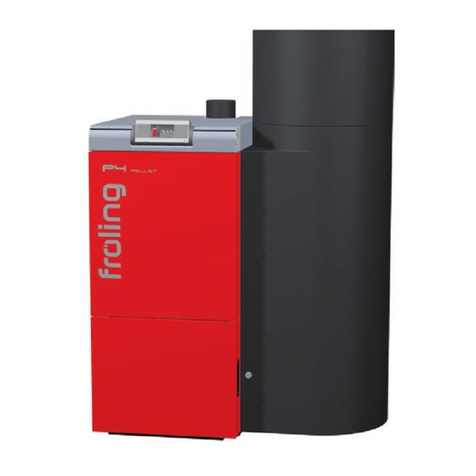
Froling
Froling P4 Pellet 8 - 105 installation instructions
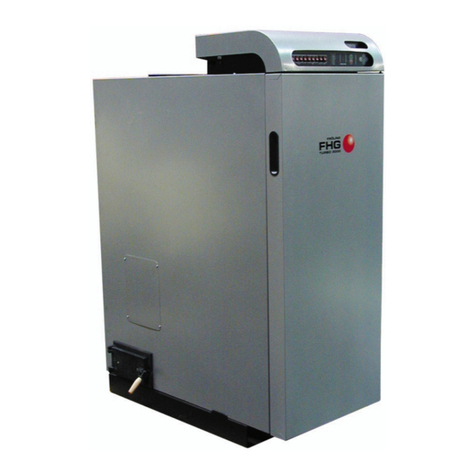
Froling
Froling FHG Turbo 3000 operating instructions

U.S. Boiler Company
U.S. Boiler Company K2 operating instructions
